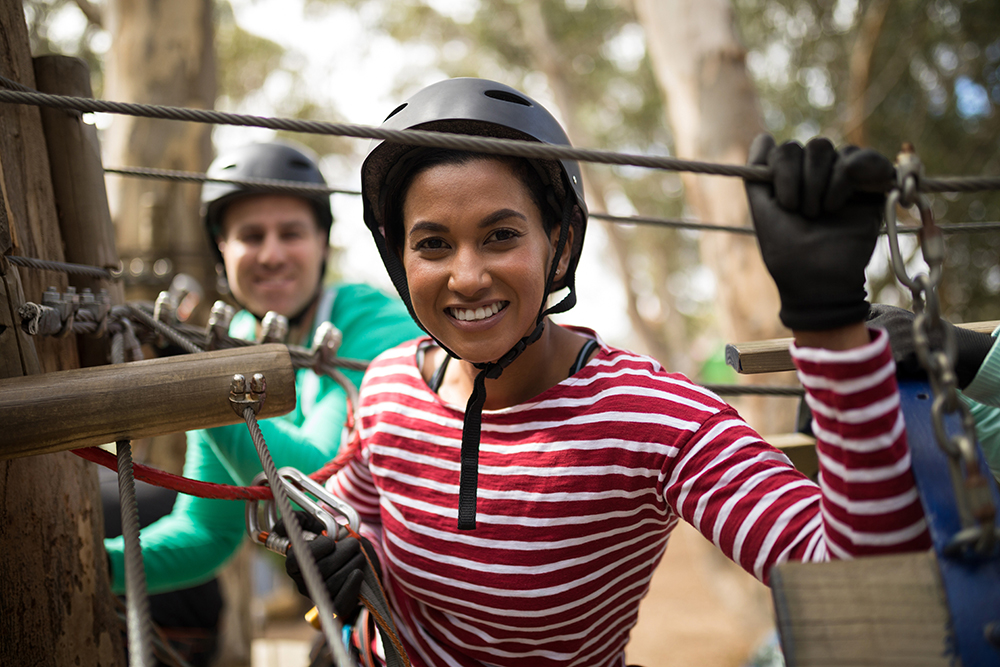As the leaves change color and the temperature drops, many of us find ourselves grappling with the onset of fall and winter seasonal depression. The shorter days, colder weather, and reduced exposure to natural light can contribute to a dip in our mental well-being. However, there’s a powerful antidote to these seasonal blues – outdoor activities and exercise. This blog post will explore the connection between cold-weather mental health and getting outdoors, with a special focus on the exhilarating experience of ziplining.
Understanding Seasonal Affective Disorder
Fall and winter seasonal depression is a real and challenging condition that affects many of us. Its characteristics include fatigue, moodiness, irritability, and a general feeling of sadness. These symptoms tend to recur annually, typically beginning in the late fall and persisting until spring’s arrival.
Research consistently shows that spending time in nature and engaging in physical activity can have a profound positive impact on mental health. Even during the colder months, getting outdoors can help combat the effects of seasonal affective disorder.
- Boosting mood: Exposure to natural light triggers the release of serotonin, a neurotransmitter that plays a crucial role in regulating mood. Outdoor activities provide an opportunity to soak up the sun’s rays and stimulate vitamin D production, which can also make you feel happier.
- Reducing stress: The soothing sights and sounds of nature can reduce stress and promote relaxation. Activities like hiking can help lower cortisol levels, the body’s primary stress hormone.
- Enhancing physical health: Exercise releases endorphins, which are innate mood lifters. Regular physical activity can improve your mental well-being and counteract the lethargy often associated with SAD.
- Increased social interaction: Outdoor group activities like ziplining and team building foster social connections, providing a vital support network during challenging times.
Embracing Ziplining as a Cold-Weather Activity
Ziplining is an outdoor experience that stands out for its ability to combat seasonal depression. It’s something you don’t get to do every day, making it a perfect choice for breaking the monotony of winter and infusing excitement into your life. Here’s why ziplining is a fantastic cold-weather activity for mental health.
- Adrenaline rush: Ziplining provides a natural high to counteract feelings of fatigue and sadness. The excitement of soaring through the trees can instantly lift your spirits.
- Engaging with nature: Adventureworks locations are in beautiful natural settings, allowing you to immerse yourself in the great outdoors and reconnect with nature.
- Physical activity: Ziplining requires some physical effort, from climbing stairs to zipping down the line. This engagement can boost your energy levels and contribute to a sense of accomplishment.
- Shared experience: Ziplining is an excellent opportunity to bond with your family and friends.
Boosting Mental Health With Outdoor Adventures
Don’t let seasonal depression hold you back this fall and winter. Embrace the power of outdoor activities and exercise to boost your mental health and well-being. Ziplining is a thrilling way to combat the winter blues with its unique combination of excitement and immersion in nature. So, gear up, get outside, and chase away those cold-weather blahs. Your mental health will thank you for it.


